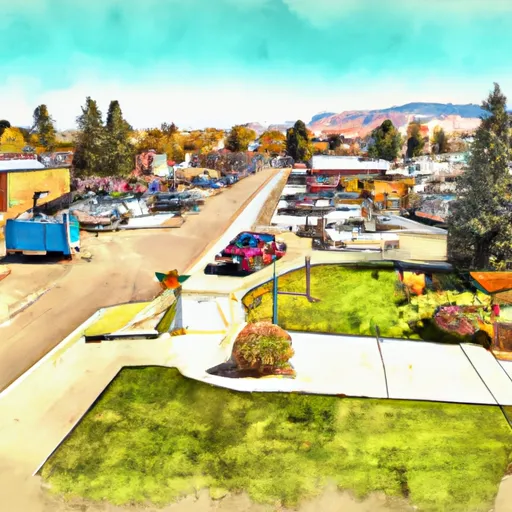°F
°F
mph
Windspeed
%
Humidity











Mackay, Idaho is a small town located in Custer County, surrounded by picturesque mountains, including the Lost River Range and White Knob Mountains. The climate in Mackay is classified as a semi-arid continental climate, characterized by warm summers and cold winters. Average temperatures range from the 20s °F (-6 °C) in winter to the 80s °F (27 °C) in summer. The region receives around 18 inches (46 cm) of precipitation annually, with most of it occurring during the spring and early summer months.
Mackay is known for its abundant hydrology constituents, with several rivers and creeks flowing through the area. The Big Lost River, Little Lost River, and Birch Creek provide opportunities for fishing, boating, and kayaking. These waterways are home to various fish species, including trout, salmon, and steelhead.
Outdoor enthusiasts will find numerous recreation opportunities in Mackay. The area is renowned for its hiking trails, with options ranging from easy walks to challenging mountain hikes. Popular destinations include Borah Peak, the highest point in Idaho, and the stunning Mackay Reservoir. Additionally, the nearby Challis National Forest offers opportunities for camping, hunting, and wildlife viewing. Whether you enjoy fishing, hiking, or simply immersing yourself in nature's beauty, Mackay offers a wealth of outdoor activities for all.
Weather Forecast
Mackay receives approximately 263mm of rain per year, with humidity levels near 74% and air temperatures averaging around 5°C. Mackay has a plant hardyness factor of 5, meaning plants and agriculture in this region thrive during a short period during spring and early summer. Most plants will die off during the colder winter months.
Regional Streamflow Levels
109
Cubic Feet Per Second
213
Cubic Feet Per Second
221
Cubic Feet Per Second
38
Cubic Feet Per Second
Nearby Camping
| Camping Area | Reservations | Toilets | Showers |
|---|---|---|---|
| Iron Bog | |||
| Joseph T. Fallini | |||
| Lava Flow - Craters of the Moon National Mon | |||
| Fish Creek Reservoir | |||
| Mackay Reservoir Access Area - IFG | |||
| Star Hope |



